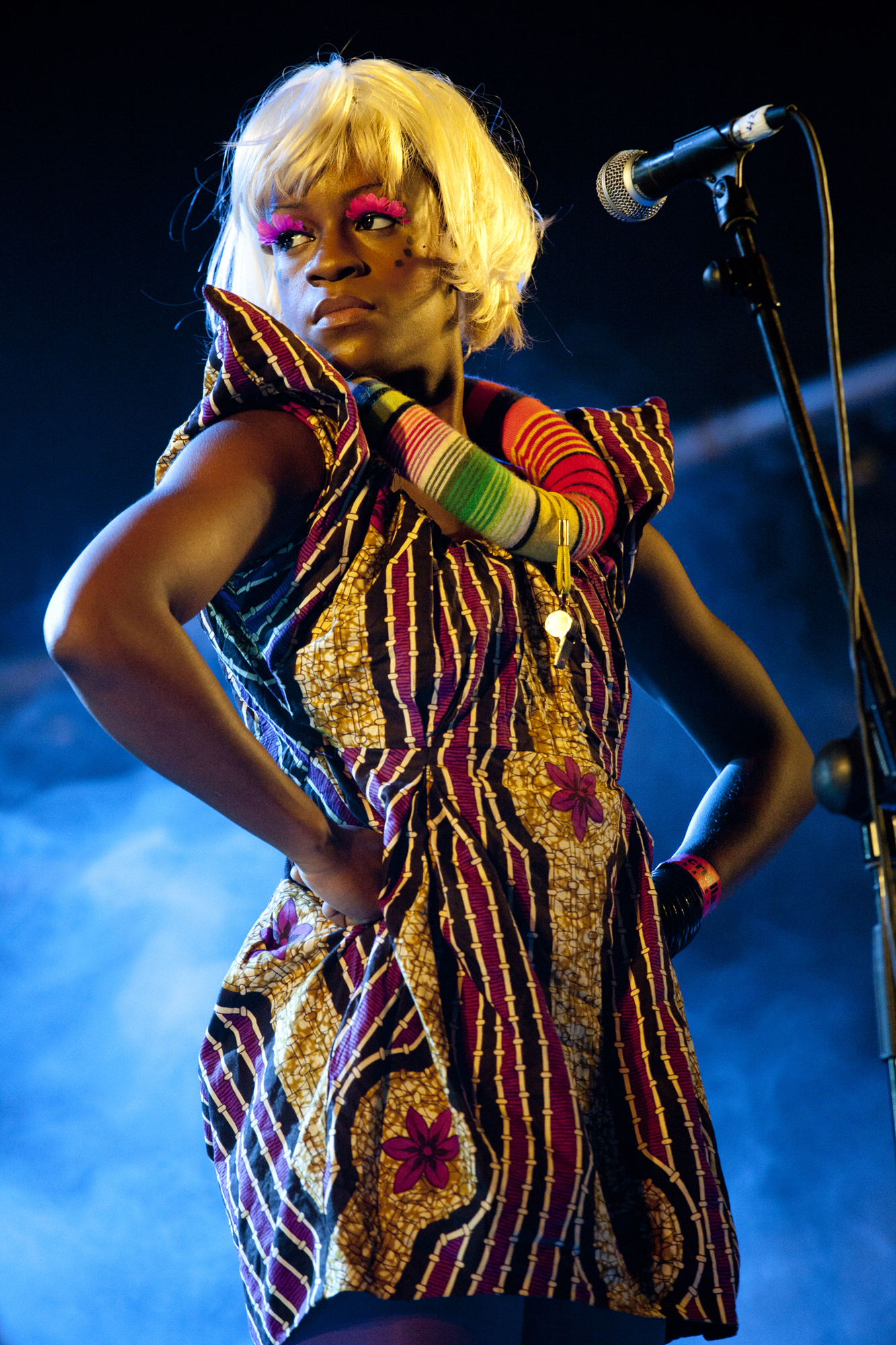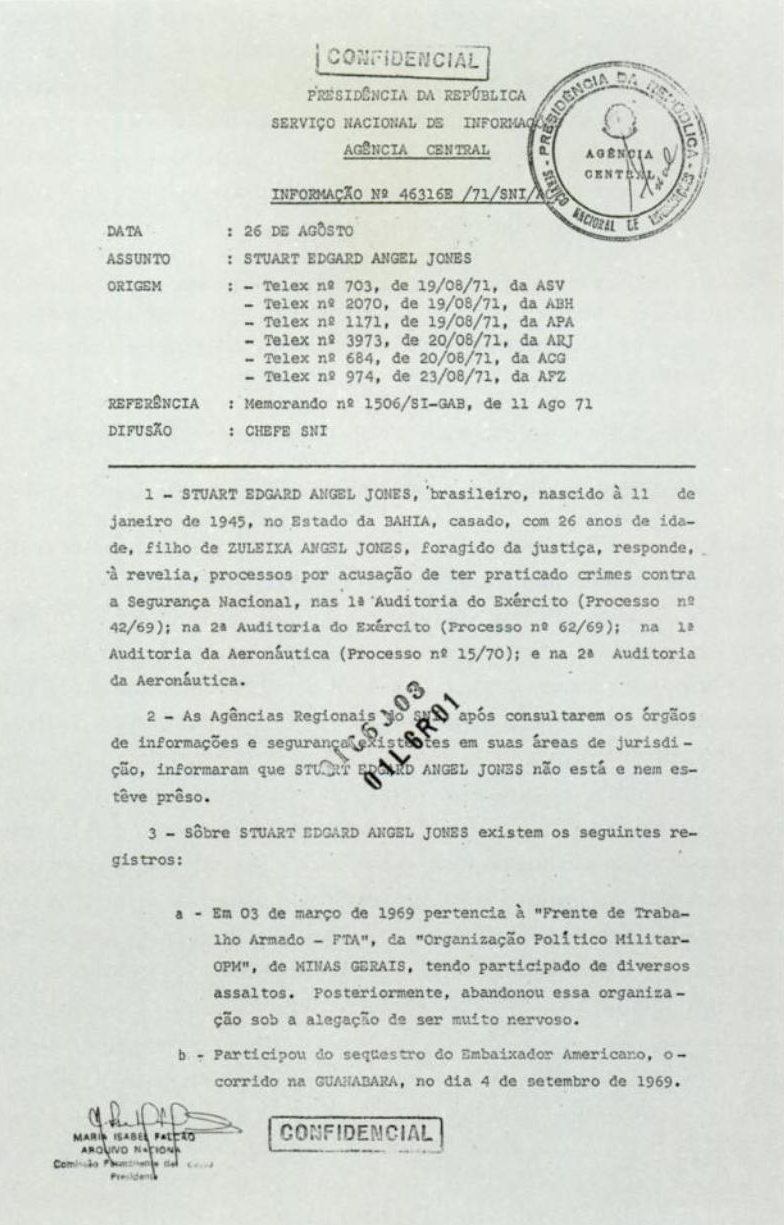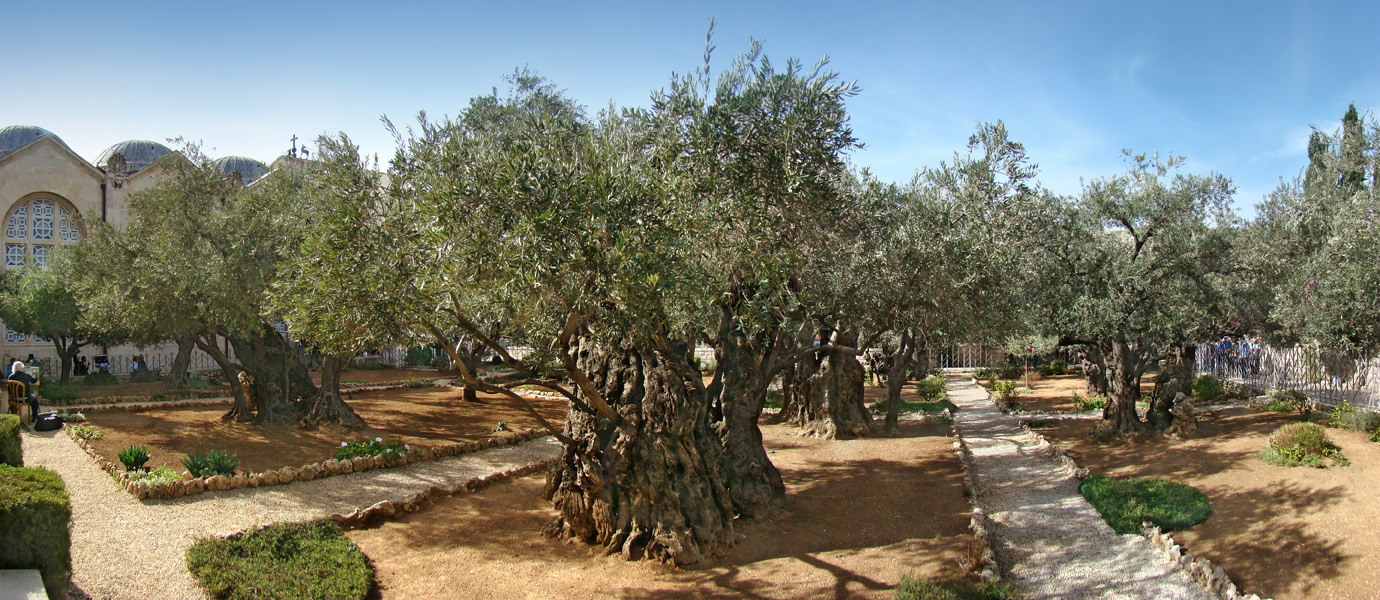|
Cálice
"Cálice" () is a song composed in 1973 by Chico Buarque and Gilberto Gil, and officially released in 1978. Originally written during Brazil's military dictatorship, the song uses metaphor, and word play—most notably a pun on ''cálice'' (chalice) and ''cale-se'' (shut up)—to critique state censorship and political repression while disguised under a religious theme. Its lyrics address themes of silence, resistance, and suffering, while the music combines elements of MPB and rock with liturgical undertones. The song was banned by government censors upon completion, and an attempted live performance in 1973 was abruptly silenced onstage. "Cálice" eventually gained widespread recognition following its official recorded release on Buarque's self-titled 1978 album, featuring Milton Nascimento and additional vocals from the vocal group MPB4. Background "Cálice" was written in 1973 by Brazilian musicians Chico Buarque and Gilberto Gil during a period of heightened political r ... [...More Info...] [...Related Items...] OR: [Wikipedia] [Google] [Baidu] |
Chico Buarque (1978 Album)
''Chico Buarque'', occasionally referred to as ''Samambaia'', is a 1978 album recorded by the Brazilian singer and composer Chico Buarque. The album includes hits such as "Cálice", "Pedaço de mim" and "Apesar de você", and features participations by several outstanding Brazilian artists, e.g. Milton Nascimento, Elba Ramalho, Marieta Severo and Zizi Possi. Track listing Personnel * Chico Buarque: vocals (except in "O meu amor") and acoustic guitar (in "Até o fim") * MPB-4: choir (in "Cálice" and "Apesar de você") * Quarteto em Cy: vocals (in "Apesar de você") * Francis Hime: piano (in "Feijoada completa", "Trocando em miúdos", "O meu amor", "Pivete" and "Pequenã serenata diurna") * Magro: piano (in "Cálice" and "Homenagem ao malandro") * Novelli: piano (in "Até o fim"), bass (in "Pedaço de mim" and "Pequenã serenata diurna") and percussion (in "Até o fim") * Milton Nascimento: piano (in "Pedaço de mim") * Manoel da Conceição (Mão de vaca): acoustic guitar (in ... [...More Info...] [...Related Items...] OR: [Wikipedia] [Google] [Baidu] |
Chico Buarque
Francisco Buarque de Hollanda (born 19 June 1944), popularly known simply as Chico Buarque (), is a Brazilian singer-songwriter, guitarist, composer, playwright, writer, and poet. He is best known for his music, which often includes social, economic, and cultural reflections on Brazil. The firstborn son of Sérgio Buarque de Hollanda, Buarque lived at several locations throughout his childhood, though mostly in Rio de Janeiro, São Paulo, and Rome. He wrote and studied literature as a child and found music through the bossa nova compositions of Tom Jobim and João Gilberto. He performed as a singer and guitarist in the 1960s as well as writing a play that was deemed dangerous by the Brazilian military dictatorship of the time. Buarque, along with several Tropicalist and MPB musicians, was threatened by the Brazilian military government and eventually left Brazil for Italy in 1969. However, he came back to Brazil in 1970, and continued to record, perform, and write, though muc ... [...More Info...] [...Related Items...] OR: [Wikipedia] [Google] [Baidu] |
Backing Vocals
A backing vocalist is a singer who provides vocal harmony with the lead vocalist or other backing vocalists. A backing vocalist may also sing alone as a lead-in to the main vocalist's entry or to sing a counter-melody. Backing vocalists are used in a broad range of popular music, traditional music, and world music styles. Solo artists may employ professional backing vocalists in studio recording sessions as well as during concerts. In many rock and metal bands (e.g., the power trio), the musicians doing backing vocals also play instruments, such as guitar, electric bass or keyboards. In Latin or Afro-Cuban groups, backing singers may play percussion instruments or shakers while singing. In some pop and hip-hop groups and in musical theater, they may be required to perform dance routines while singing through headset microphones. Styles of background vocals vary according to the type of song and genre of music. In pop and country songs, backing vocalists may sing harmony to s ... [...More Info...] [...Related Items...] OR: [Wikipedia] [Google] [Baidu] |
Stuart Angel Jones
Stuart Edgart Angel Jones (January 11, 1946 – June 14, 1971) was an economics student at the Federal University of Rio de Janeiro (UFRJ), a member of the 8th October Revolutionary Movement (MR8). He took part in the armed struggle against the military dictatorship in Brazil, being arrested, tortured, murdered and List of people killed by and disappeared during the Brazilian military dictatorship, reported missing. He was the son of the well-known fashion designer Zuzu Angel, who made numerous reports about his death and disappearance and brother of a journalist Hildegard Angel. Biography First years and education Stuart Angel Jones was the son of American salesman Norman Jones and Zuleika Angel Jones from Minas Gerais, better known as Zuzu Angel, an internationally renowned costume and fashion designer. He was a two-time Rio de Janeiro (state), Rio de Janeiro Rowing (sport), rowing champion for CR Flamengo, Clube de Regatas do Flamengo as a teenager (1964 and 1965), was a st ... [...More Info...] [...Related Items...] OR: [Wikipedia] [Google] [Baidu] |
Authoritarianism
Authoritarianism is a political system characterized by the rejection of political plurality, the use of strong central power to preserve the political ''status quo'', and reductions in democracy, separation of powers, civil liberties, and the rule of law. Authoritarian regimes may be either autocratic or oligarchic and may be based upon the rule of a party or the military. States that have a blurred boundary between democracy and authoritarianism have sometimes been characterized as "hybrid democracies", " hybrid regimes" or "competitive authoritarian" states. The political scientist Juan Linz, in an influential 1964 work, ''An Authoritarian Regime: Spain'', defined authoritarianism as possessing four qualities: # Limited political pluralism, which is achieved with constraints on the legislature, political parties and interest groups. # Political legitimacy based on appeals to emotion and identification of the regime as a necessary evil to combat "easily recognizabl ... [...More Info...] [...Related Items...] OR: [Wikipedia] [Google] [Baidu] |
Christian Liturgy
Christian liturgy is a pattern for Christian worship, worship used (whether recommended or prescribed) by a Christian congregation or Christian denomination, denomination on a regular basis. The term liturgy comes from Greek and means "public work". Within Christianity, liturgies descending from the same region, denomination, or culture are described as ritual family, ritual families. When Christians meet for worship, they perform a liturgy (work), offering service to God in Christianity, God together. The majority of Christian denominations hold their principal church service on Sunday, the first day of the week, or sometimes called the Lord's Day. In some Christian denominations, liturgies are held daily, with these including those in which the canonical hours are prayed, as well as the offering of the Eucharistic liturgies such as Mass (liturgy), Mass, among other forms of worship. In addition to this, many Christians attend services of worship on holy days such as Christmas, As ... [...More Info...] [...Related Items...] OR: [Wikipedia] [Google] [Baidu] |
Eucharist
The Eucharist ( ; from , ), also called Holy Communion, the Blessed Sacrament or the Lord's Supper, is a Christianity, Christian Rite (Christianity), rite, considered a sacrament in most churches and an Ordinance (Christianity), ordinance in others. Christians believe that the rite was instituted by Jesus at the Last Supper, the night before Crucifixion of Jesus, his crucifixion, giving his Disciple (Christianity), disciples bread and wine. Passages in the New Testament state that he commanded them to "do this in memory of me" while referring to the bread as "my body" and the cup of wine as "the blood of my covenant, which is poured out for many". According to the synoptic Gospels, this was at a Passover meal. The elements of the Eucharist, sacramental bread, either Leavening agent, leavened or Unleavened bread, unleavened, and sacramental wine (non-alcoholic grape juice in some Protestantism, Protestant traditions, such as Methodism), are consecrated on an altar or a communio ... [...More Info...] [...Related Items...] OR: [Wikipedia] [Google] [Baidu] |
Rite (Christianity)
In Christianity, a rite can refer to a sacred ceremony (such as anointing of the sick), which may or may not carry the status of a sacrament depending on the Christian denomination (in Catholicism, anointing of the sick is a sacrament while in Lutheranism it is not). This use of ''rite'' is distinct from reference to liturgical ritual families such as the Byzantine and Latin liturgical rites. Catholicism Within the Catholic Church, "rite" often refers to what is also called a sacrament and respective liturgies based on liturgical languages and traditional local customs as well as the ceremonies associated with the sacraments. In Christian Catholicism, for example, the sacrament of Anointing of the Sick/Last Rites is one of the sacramental rites because they are administered to someone who is or was dying. The other are Penance and Eucharist (administered as Viaticum in the case of a dying person). Since the Second Vatican Council, anointing of the sick is administered to tho ... [...More Info...] [...Related Items...] OR: [Wikipedia] [Google] [Baidu] |
Crucifixion Of Jesus
The crucifixion of Jesus was the death of Jesus by being crucifixion, nailed to a cross.The instrument of Jesus' crucifixion, instrument of crucifixion is taken to be an upright wooden beam to which was added a transverse wooden beam, thus forming a "cruciform" or T-shaped structure. It occurred in 1st-century Roman Judaea, Judaea, most likely in AD 30 or AD 33. The event is described in the four canonical gospels, referred to in the New Testament epistles, and later attested to by #Other accounts and references, other ancient sources. Scholars nearly universally accept the Historicity of Jesus, historicity of Jesus's crucifixion, although there is no consensus on the details.Christopher M. Tuckett in ''The Cambridge companion to Jesus'' edited by Markus N. A. Bockmuehl 2001 Cambridge Univ Press pp. 123–124 According to the canonical gospels, Jesus was Arrest of Jesus, arrested and Sanhedrin trial of Jesus, tried by the Sanhedrin, and then Pilate's court, sentenced by ... [...More Info...] [...Related Items...] OR: [Wikipedia] [Google] [Baidu] |
Gethsemane
Gethsemane ( ) is a garden at the foot of the Mount of Olives in East Jerusalem, where, according to the four Gospels of the New Testament, Jesus Christ underwent the Agony in the Garden and was arrested before his crucifixion. The garden is a place of great resonance in Christianity. There are several small olive groves in church property, all adjacent to each other and identified with biblical Gethsemane. Etymology ''Gethsemane'' appears in the Greek original of the Gospel of Matthew and the Gospel of Mark as (). The name is derived from the Aramaic (), or Hebrew () meaning ' oil press'. Matthew 26:36 and Mark 14:32 call it (), meaning a place or estate. The Gospel of John says Jesus entered a garden (, ) with his disciples. Location According to the New Testament the garden was a place that Jesus and his disciples customarily visited, which allowed Judas Iscariot to find him on the night Jesus was arrested. There are four locations, all of them at or near the west ... [...More Info...] [...Related Items...] OR: [Wikipedia] [Google] [Baidu] |
Luke 22
Luke 22 is the twenty-second chapter of the Gospel of Luke in the New Testament of the Christian Bible. It commences in the days just before the Passover or Feast of Unleavened Bread, and records the plot to kill Jesus Christ; the institution of the Lord's Supper; the arrest of Jesus; and his trial before the Sanhedrin.Halley, Henry H. ''Halley's Bible Handbook'': an Abbreviated Bible Commentary. 23rd edition. Zondervan Publishing House. 1962. The book containing this chapter is anonymous, but early Christian tradition generally considers that Luke the Evangelist composed this Gospel as well as the Acts of the Apostles.Holman Illustrated Bible Handbook. Holman Bible Publishers, Nashville, Tennessee. 2012. This chapter initiates this gospel's passion narrative, which continues into chapter 23: while the apocalyptic discourse in Luke 21 "bases all its thought upon the reality of the Kingdom", it also "leads directly into the passion narrative, hichshows how it was establis ... [...More Info...] [...Related Items...] OR: [Wikipedia] [Google] [Baidu] |
Matthew 26
Matthew 26 is the 26th chapter of the Gospel of Matthew, part of the New Testament of the Christian Bible. This chapter covers the beginning of the Passion of Jesus narrative, which continues to Matthew 28; it contains the narratives of the Jewish leaders' plot to kill Jesus, Judas Iscariot's agreement to betray Jesus to Caiphas, the Last Supper with the Twelve Apostles and institution of the Eucharist, the Agony in the Garden of Gethsemane and the subsequent vindication of Jesus' predictions, of betrayal by one of the twelve Apostles, and that he will, in the Denial of Peter, be disowned by his closest follower, Saint Peter. Text The original text was written in Koine Greek. This chapter is divided into 75 verses, more than any other chapter in this gospel. Protestant theologian Heinrich Meyer identifies 32 verses in which there are critical variations between different early manuscripts and critical editions.Meyer, H. A. W.Meyer's NT Commentaryon Matthew 26, accessed 16 O ... [...More Info...] [...Related Items...] OR: [Wikipedia] [Google] [Baidu] |









